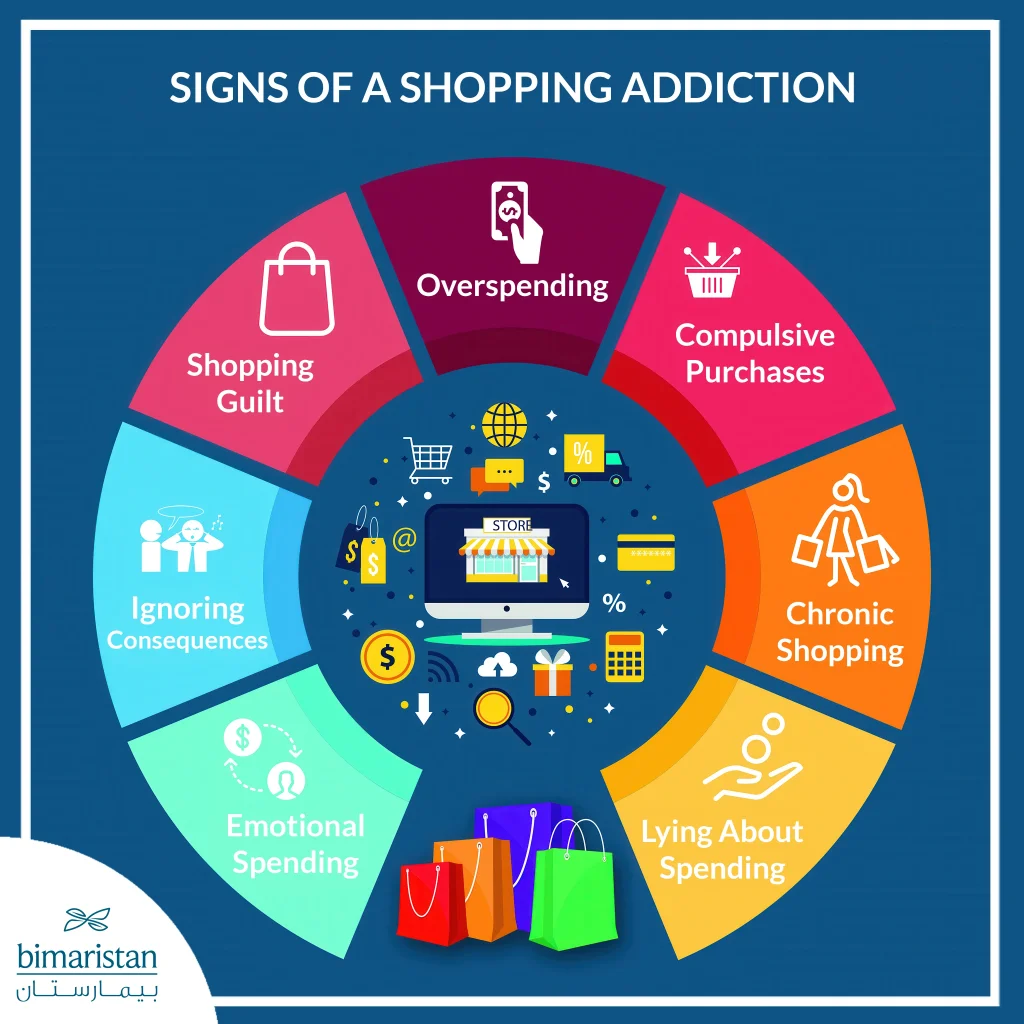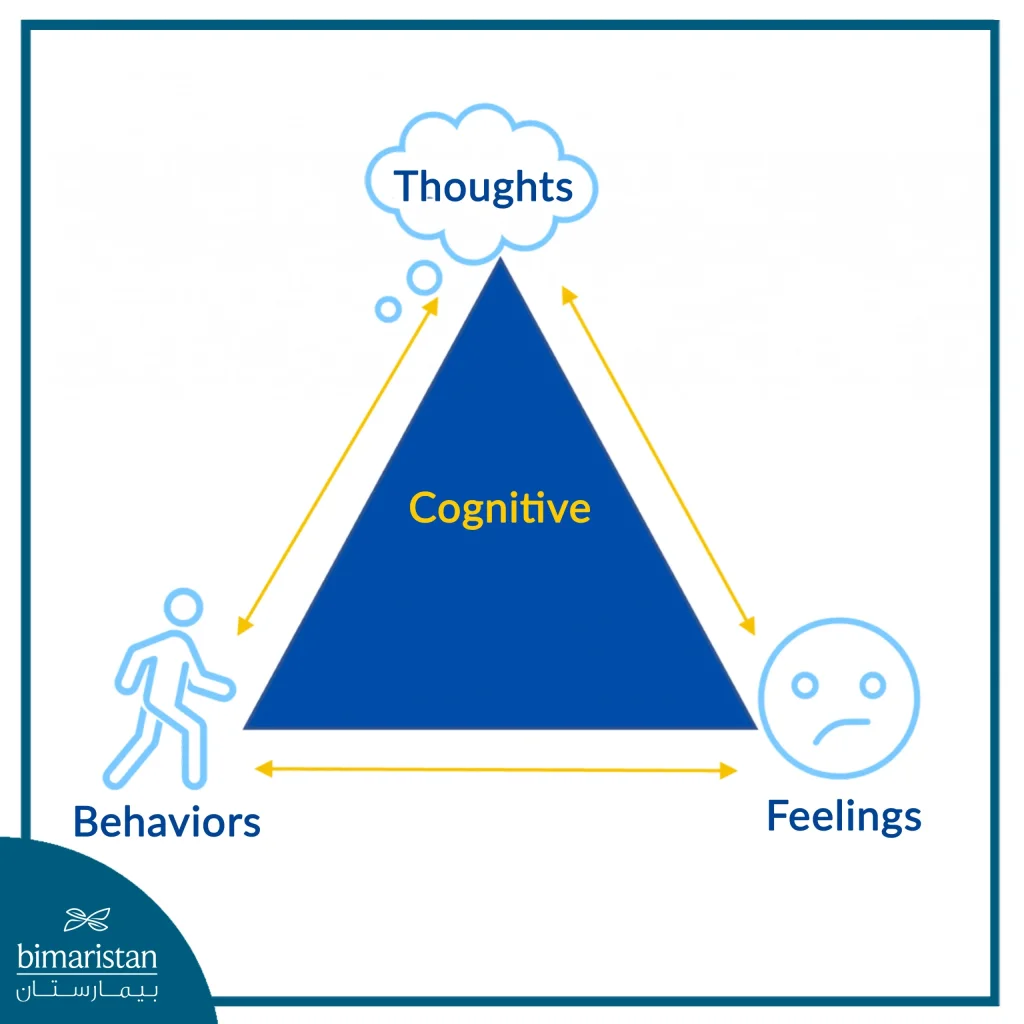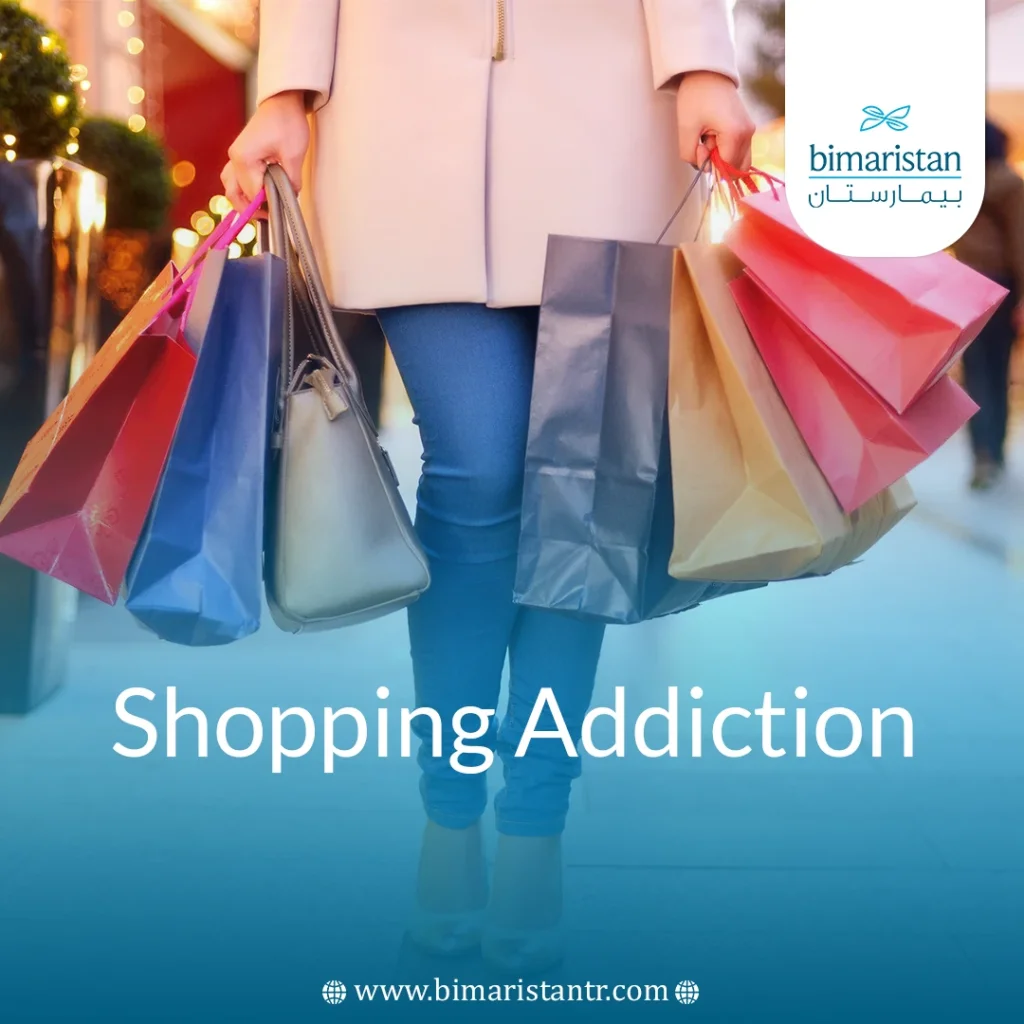With the growing number of offers and intensive promotions, shopping is turning from a regular activity into an addiction that negatively affects mental and financial health. Shopping addiction or compulsive buying has become a complex psychological phenomenon characterized by excessive spending and frequent regrets, creating a spiral of stress and life pressure. This article reviews the psychological reasons behind this behavior, the symptoms that characterize it, and the latest behavioral treatment methods that help restore control and minimize the damage.
What is shopping addiction?
This addiction is known as “compulsive buying” or “obsessive shopping”. It is a type of behavioral addiction associated with strong emotional stimulation, where this addiction is characterized by an excessive and overwhelming desire to buy, beyond mere habit or entertainment, until the person loses control over this behavior despite the negative consequences. People with this addiction experience a sense of pleasure and excitement when making purchases, as these feelings help relieve stress, anxiety, or boredom temporarily, but this psychological relief does not last, prompting them to repeat the purchase continuously, and then this behavior turns into an addiction.
The difference between normal shopping and compulsive buying is that normal shopping occurs based on an actual need or for recreation in moderation, while compulsive buying is impulsive and controlling in a person’s life, and continues even in the presence of financial issues, psychological tensions, or social relationship disorders that may sometimes be considered a barrier to normal shopping. Excessive shopping is considered an issue that requires treatment when it begins to negatively affect an individual’s daily life, whether through the accumulation of debt, disrupted family relationships, constant feelings of guilt or shame after purchases, or loss of control over spending despite knowing the harms. In this case, treatment for this addiction becomes urgently necessary.
Symptoms of shopping addiction
Shopping addiction is characterized by a compulsive and impulsive behavioral pattern that is difficult to control, as this addiction appears through a set of clear symptoms that affect a person’s psychological, social and financial life, and the most prominent symptoms of shopping addiction are:
- The feeling of temporary relief after a purchase: Many shopaholics feel a sense of peace or empowerment during their purchases, as they use shopping as a means of escaping feelings of anxiety or stress, but this relief doesn’t last long.
- Overspending and then feeling regret: Overspending is frequent and uncalculated, leading to a quick sense of guilt or regret after purchases are made.
- Accumulating debt or hiding purchases from others: As a result of frequent spending, an addict may have real financial issues, such as accumulating debt, and may resort to hiding their purchases from family or friends to avoid criticism or confrontation.
These symptoms are accompanied by a constant mental preoccupation with shopping and spending money, and an inability to stop even in the face of negative consequences such as deteriorating family relationships or psychological stress. Spending also increases during times of distress or sadness because it provides a temporary sense of joy and euphoria. In the long run, this vicious cycle turns into a chronic issue, where feelings of guilt and shame are exacerbated, and the shopping addiction becomes a real impediment that affects the quality of life.

The psychological and financial effects of shopping addiction
This addiction is not limited to excessive spending but carries profound psychological and financial effects that affect the quality of an individual’s life comprehensively, as this addiction is associated with a strong emotional attachment. The addict feels a temporary euphoria or excitement during the purchase, followed by feelings of regret or guilt, which feeds the cycle of addiction and makes shopping a means to escape from psychological pressures, such as stress, anxiety, and emptiness.
In many cases, shopping addicts resort to buying goods to alleviate negative emotions such as anxiety or depression, which gives them a temporary sense of comfort and joy. But over time, this condition turns into a compulsive habit that is difficult to control, and spending continues despite the accumulation of debts and financial issues.
Studies show that shopping addiction often coexists with other psychiatric disorders, such as substance use disorder, with approximately 40% of patients having a dual diagnosis of shopping addiction or other psychiatric disorders. Shopping addiction is similar to substance abuse in that it affects the brain’s reward center, which explains the compulsive and impulsive behaviors of addicts.
The psychological effects of shopping addiction include anxiety and depression as a result of loss of self-control and spending, low self-confidence due to the inability to stop shopping, and strained marital and family relationships due to constant conflicts over money. The financial effects are excessive spending that leads to the accumulation of debt, excessive use of credit cards, and the inability to pay bills, in addition to hiding purchases from family or friends to avoid confrontation and criticism.
Recognizing these psychological and financial effects is a critical indicator that requires early therapeutic intervention to prevent the condition from worsening and to ensure that the individual’s financial and psychological control is restored.
How is shopping addiction treated?
Shopping addiction is a complex psychological disorder that requires specialized treatment, due to its risks and effects on the individual’s life, and despite being a serious type of behavioral addiction, many effective treatment options help in controlling and overcoming this disease. Addiction treatment steps include the following:
Behavior modification through cognitive-behavioral therapy (CBT)
Cognitive-behavioral therapy (CBT) is the most common and effective treatment for this addiction, as it focuses on identifying unhealthy thought patterns and behaviors that drive compulsive buying and develops strategies that enable the addict to control their desires and reduce impulse shopping. Family therapy can also be an important additional support, as it contributes to repairing family relationships and enhancing psychological support for the addict.

Create a budget and stick to a financial plan
Since shopping addiction is linked to financial issues, establishing a clear budget and sticking to a structured financial plan are essential steps in treatment. Working with a financial counselor helps establish financial systems and controls that prevent indiscriminate spending and forms a practical barrier to excessive shopping, making it easier to regain control of finances.
Self-control and self-motivation techniques
Self-control and self-motivation techniques play an important role in resisting shopping cravings. These techniques include practicing deep breathing, shifting focus to alternative activities, setting personal goals with rewards for achieving them, and joining support groups such as Shopaholics Anonymous that provide a supportive and encouraging environment for recovery.

Additional treatment options
In some cases, behavior-regulating medications and antidepressants may be recommended, especially when shopping addiction is accompanied by other psychiatric disorders such as anxiety and depression, and eye movement desensitization therapy (EMDR) is used to address the trauma that may have triggered the onset of the addiction.
Attention to psychotherapy, family support, financial planning, and self-control techniques is all necessary to ensure an effective recovery from shopping addiction and restore one’s psychological and financial balance.
In conclusion, shopping addiction is a complex psychological and behavioral disorder that directly affects the mental health and financial status of the individual. Dealing with shopping addiction requires an accurate understanding of its symptoms and effects, in addition to the adoption of cognitive-behavioral therapies, solid financial plans, and self-control techniques. Early intervention is a crucial step in regaining control and achieving recovery from compulsive buying.
Sources:
- AddictionCenter. (n.d.). Signs of shopping addiction. Retrieved May 24, 2025
- NPİSTANBUL Brain Hospital. (n.d.). What is shopping addiction? Symptoms and treatment. Retrieved May 24, 2025
